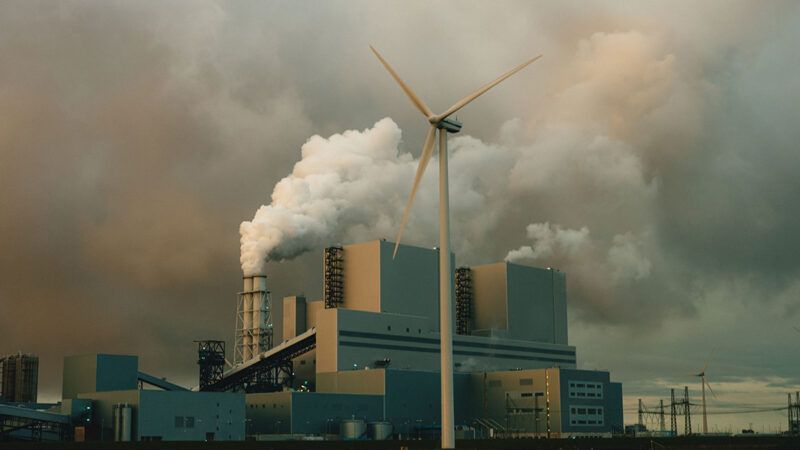No Progress on Global Emissions 8 Years After Paris Climate Agreement (original) (raw)
Officials admitted at COP28 that they are not "on track" to achieving climate goals. And they are not likely to be any time soon.
| From the March 2024 issue

(Photo: Tim Van der Kuip/Unsplash)
Eight years after the Paris climate agreement, where do we stand on global emissions? The title of a new United Nations Environment Programme report sums the situation up: Broken Record: Temperatures hit new highs, yet world fails to cut emissions (again).
The Paris Agreement aims to hold the global average temperature increase to 2 degrees Celsius relative to preindustrial levels. Consequently, the agreement recognizes "deep reductions in global emissions will be required in order to achieve the ultimate objective of the Convention." Each country issues its voluntary nationally determined contribution that outlines its plans and promises to address the problem of man-made climate change. The agreement noted that adding up the projected greenhouse gas emissions in all of the 2015 promises would result in 55 gigatons (billion metric tons) of emissions in 2030, a far higher level than would be required to meet the temperature goal.
Most countries underdelivered in setting their emissions goals. And why not? Their "commitments" are voluntary and there is no mechanism for enforcing them in any case.
The United Nations' 28th Climate Change Conference (COP28) convened in early December with representatives from nearly 200 countries meeting in Dubai, United Arab Emirates. Parties to the 2015 agreement were supposed to take stock of its implementation.
It's way off track. Global greenhouse gas emissions are continuing to rise. In 2015, the world emitted 50.1 gigatons of greenhouse gases. By 2022, that had risen to 53.8 gigatons. Emissions from the main greenhouse gas, carbon dioxide emitted from burning fossil fuels and deforestation, rose from 35.5 gigatons in 2015 to a record high of 40.9 gigatons in 2023. A study in Science published in December also reported that the last time atmospheric carbon dioxide levels were this high was 14 million years ago.
While global temperatures vary depending on natural phenomena (such as the El Niño-Southern Oscillation in the Pacific Ocean), the overall trend remains upward. Given a boost by a strong El Niño, 2023 will be the hottest year in the instrumental record at more than 1.4 degrees Celsius above the preindustrial baseline.
COP28's Global Stocktake asserts that "deep, rapid and sustained reductions in global greenhouse gas emissions of 43 per cent by 2030" will be required to achieve the Paris Agreement goals. This would mean cutting global emissions by about 7 percent per year for the next six years.
To get a sense of just how difficult pursuing this goal would be, consider that the economic disruptions of the COVID-19 pandemic in 2020 yielded a record drop of only 4.4 percent in global greenhouse gas emissions—along with a 3.4 percent fall in global gross domestic product.
Man-made climate change could become a significant problem for humanity over the course of this century, so it is reasonable to develop and deploy low- and no-emissions technologies. But with still-rising emissions, the COP28's Global Stocktake bottom line is correct: "Parties are not yet collectively on track towards achieving the purpose of the Paris Agreement and its long-term goals." And they are not likely to be any time soon.
NEXT: The Bankruptcy of Bidenomics
EnvironmentalismScienceCarbonCarbon DioxideGreenhouse gasesParis Agreement Climate ChangeParis Climate Change ConferenceClimate ChangePollution